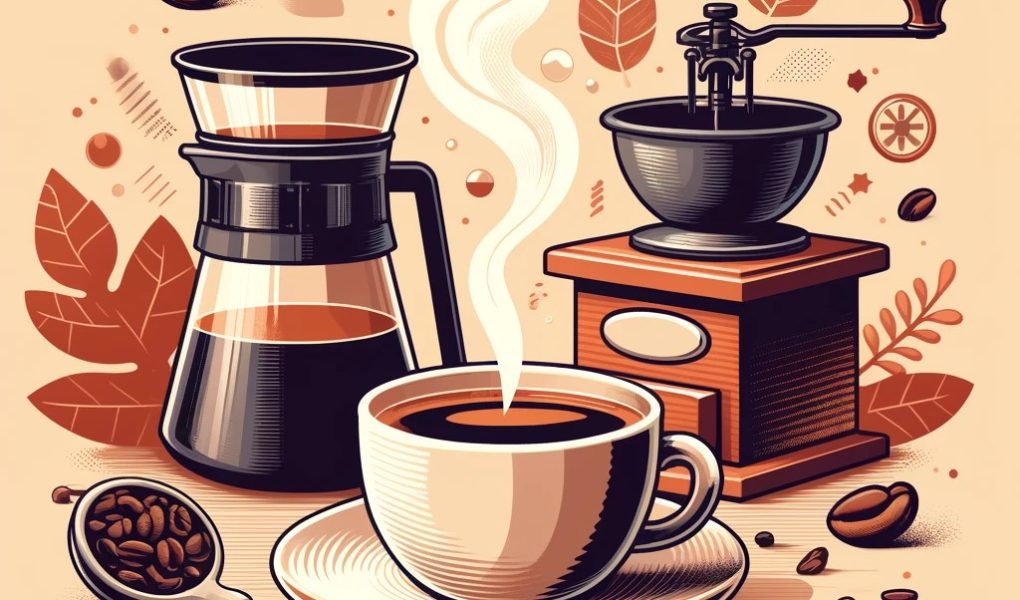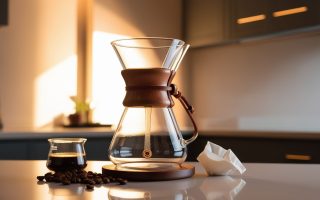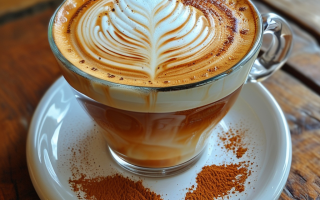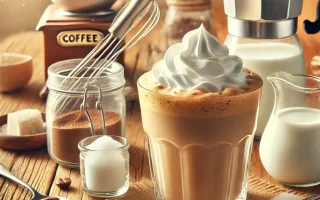If you’re just starting your coffee brewing journey, you’re in for a treat. Brewing your own coffee at home not only saves money but also gives you full control over the flavor and quality of each cup. However, for beginners, it can be a bit overwhelming to navigate the world of beans, equipment, and techniques. Don’t worry—getting the basics down is easier than you think. With a few simple tips, you’ll be on your way to brewing coffee that rivals your favorite café.
1. Choosing the Right Equipment
Getting the right tools is half the battle when it comes to brewing great coffee. For beginners, it’s best to start with the basics: a good burr grinder, a kettle with a gooseneck spout for precision, and a reliable brewing method like a pour-over, drip machine, or French press. Each method has its own benefits, but the key is consistency. You don’t need fancy gadgets to brew a great cup—just equipment that allows you to control the grind, water temperature, and brewing time.
2. Selecting Quality Beans
The foundation of a great cup of coffee starts with the beans. For beginners, it’s essential to focus on freshness—buy whole beans rather than pre-ground coffee, and check the roast date. Look for high-quality beans from reputable sources, and don’t be afraid to try different origins or blends to find your preferred taste. Light, medium, or dark roast? Each has its unique flavor profile, so experiment to discover what suits your palate. Fresh, quality beans will make all the difference in your brewing experience.
3. Mastering the Grind
The grind size of your coffee beans is one of the most important factors in determining flavor. Too fine, and your coffee can end up bitter and over-extracted; too coarse, and it might taste weak and underwhelming. The trick is to match your grind size to the brewing method. For example, use a coarse grind for French press, a medium grind for drip machines, and a fine grind for espresso. Adjusting the grind size can drastically change your brew, so don’t be afraid to experiment.
4. Water Quality and Temperature
Water might seem like a small detail, but it plays a huge role in how your coffee tastes. Always use filtered water to avoid any off-flavors that tap water might bring. When it comes to temperature, aim for water that’s just off the boil, around 195-205°F. Too hot, and you risk over-extracting the coffee, leading to bitterness. Too cool, and you won’t extract enough flavor. Getting the water quality and temperature right ensures your brew is smooth and balanced.
5. Measuring Coffee to Water Ratio
Getting the right coffee-to-water ratio is crucial for consistency and flavor. A good starting point for beginners is a 1:15 ratio—one part coffee to 15 parts water. This balance ensures that the coffee isn’t too weak or too strong. You can adjust the ratio to suit your taste, but measuring carefully will help you replicate your favorite brews every time. Whether you use a scale or measuring spoon, consistency is key to making a great cup of coffee every time.
6. Brewing Time and Techniques
The time you let your coffee brew has a big impact on its flavor. Too long, and it can turn bitter; too short, and you’ll miss out on the full depth of flavor. Different methods have different ideal times—around 4 minutes for a French press, and just a few minutes for pour-over or drip coffee. The key is to stay consistent with your technique. Follow the recommended brewing times for your method, but feel free to adjust slightly to suit your taste preferences.
7. Experimenting and Adjusting
Brewing coffee is both a science and an art. While following guidelines is a great starting point, don’t be afraid to tweak things as you go. Adjust the grind size, water temperature, or coffee-to-water ratio based on your personal taste. Try different brewing methods and experiment with different beans to see what flavors you prefer. The more you experiment, the better you’ll get at making coffee that’s perfect for you. Remember, finding your ideal brew takes time and practice.
Conclusion
Brewing coffee at home is all about practice and patience. As a beginner, focus on getting the basics right—good beans, the right equipment, and consistent brewing techniques. From there, you can experiment and make adjustments to suit your taste. The more you brew, the more you’ll learn about what makes your perfect cup. Enjoy the process, because mastering coffee brewing is as much about the journey as it is about the result.



